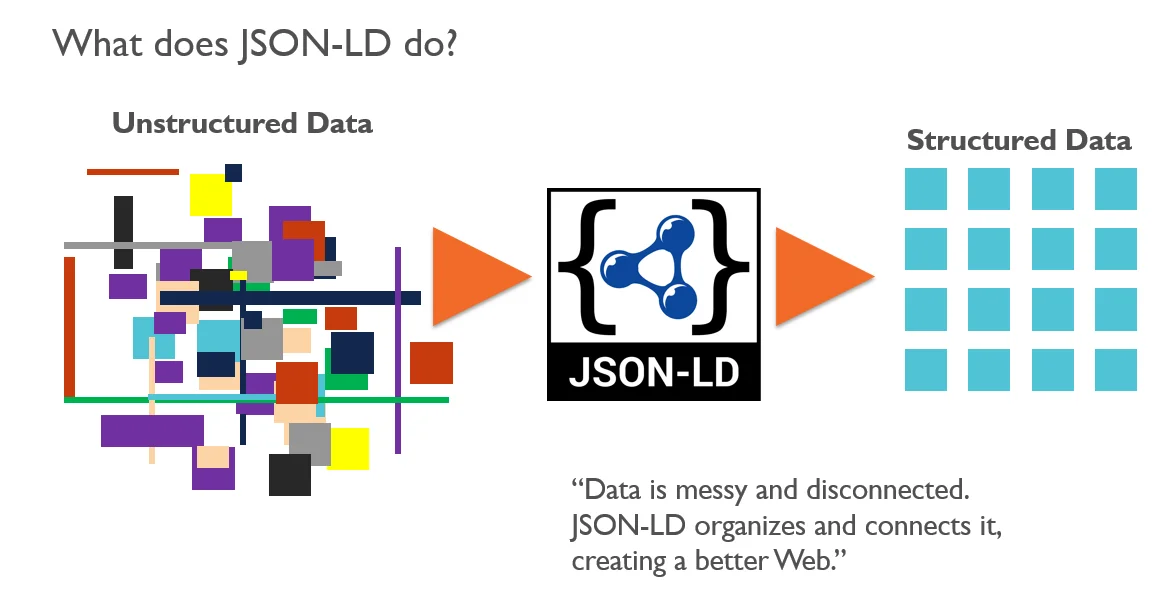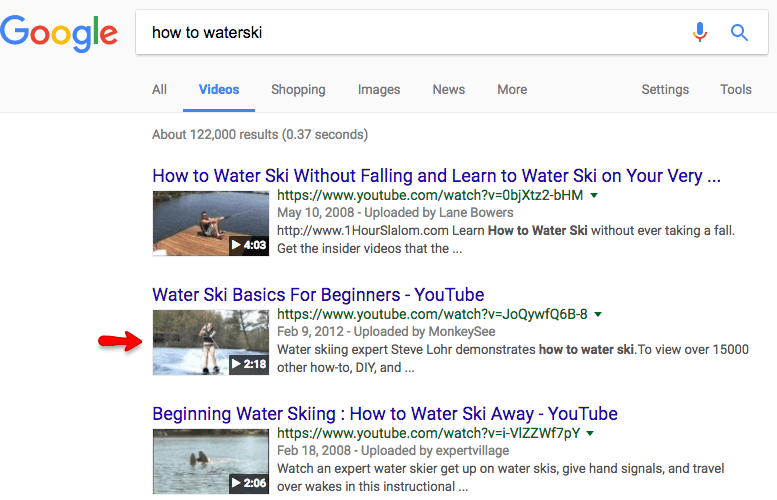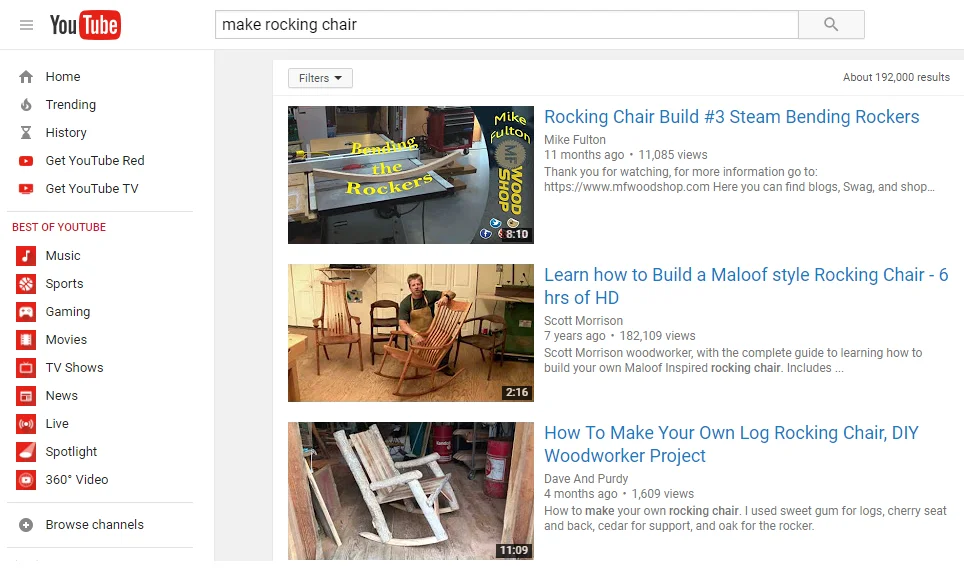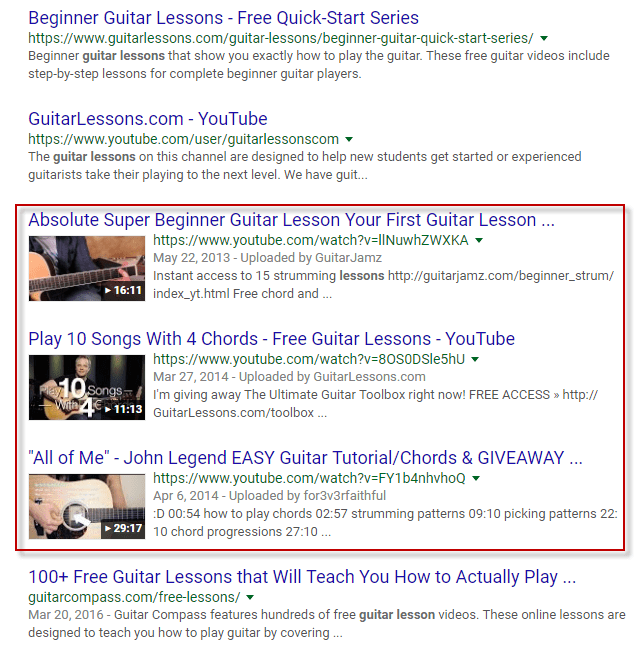So you haven’t missed one episode of Whiteboard Friday by the king of SEO himself, Rand Fishkin? You’ve got website SEO down to a science. But what about video SEO? It’s not quite the same now, is it?
You’ve also spent all this time and money strategizing, producing, and editing your video, but it just isn’t getting ranked. What’s going on?
First off, it’s true that video SEO is not the same as regular SEO. Video SEO has also changed significantly in the last few years, which is why I’ve enlisted Wistia’s video SEO expert, Phil Nottingham, to share his advice.
What is Video SEO?
Video SEO is simply optimizing your video to be indexed and rank on the search engine results pages for relevant keyword searches. There are many optimization strategies to give your videos a higher chance of ranking, which this article will outline.
How has video SEO changed?
In the last few years, video marketing has become more and more popular with businesses. Once marketers began to get their hands on DSLR cameras in the late 2000’s, it became easier to produce videos and get them online (thanks to YouTube) without having a degree in videography.
Now we can’t browse the internet without seeing a video, and we all walk around with cell phones in our pockets that have the ability to shoot decently high-quality videos anywhere. With the explosion of video, it’s become much harder to get ranked in the universal search results, according to Phil.
“All websites can rank in the video tab, but not all can rank in universal search with a video,” says Phil. “It’s become a lot harder to get whitelisted than it was about 3 years ago, but easier to get your video indexed on the video tab (pictured below).”
Gaining rank with your video on universal search has a lot to do with the authority of your website, how video-focused it is, and how it ranks for video-related queries. Phil recommends not placing such a huge emphasis on universal search, and rather reaching for higher ranks in video search.
9 Ways to Optimize Your Video for Search
#1: Choose the Right Video Hosting Platform
When choosing your video hosting platform, you’ll need to consider the reasons why you want your videos to rank, according to Phil. Are you optimizing your video to gain site traffic and new leads? Or is your goal more general thought leadership and brand awareness?
If you’re less concerned about getting traffic to your website, and more focused on general brand awareness, YouTube and Vimeo may be options to explore. The thing with platforms of this nature if that once your video is indexed, most of the traffic goes to them rather than your own website. This can lead your would-be site visitors to get lost in a sea of competing traffic (like the suggested videos that appear after yours on YouTube).
“If you’re more focused on gaining on-site traffic to push leads towards conversion, then exploring alternative hosting platforms that support this capability is the way to go,” says Phil. “For instance, Wistia automatically inserts SEO metadata (JSON-LD, which is the lightest weight and fastest) to up your likelihood of being indexed.”
JavaScript Object Notation for Linked Data (JSON-LD) is a way
to annotate and structure data using the schema.org vocabulary. Image via Moz.
This is not the case for all hosting solutions so it’s important to do your research when exploring your options. For example, some platforms use Schema markup, which doesn’t work quite as well as JSON-LD, and others require you to create a video sitemap (which is not an easy task!).
#2: Insert a Video Transcript
As you’re scrolling through your Facebook feed, you likely see several videos with captions alongside the video so you’re able view it without disturbing your housemates. The text that pairs with your video is known as a video transcript.
Not only do video transcripts make your videos more accessible to a larger audience, they make your videos more scrapable by search bots since there’s additional text on the page.
“Transcripts act as page copy,” says Phil. “It’s more indexable text that means you can rank for more queries.”
Phil also advises paying more attention to transcripts when the video is longer-form and a main focus of the page, since in these scenarios transcripts will have even more of an impact on rankings.
#3: Make Sure Your Thumbnail Image Is Engaging
The video thumbnail is what the searcher will see when your video is indexed, therefore it plays a significant role in whether people click. You want to think of your thumbnail image similar to how you think of cover of a book or the homepage to your website. It needs to be compelling, relevant, and all around beautiful!
Utilizing strong thumbnail images can have a tremendous impact on click-through rates and other video SEO metrics.
Image via Social Media Examiner.
At Wistia, we found that our videos with custom human thumbnails receive a 30% higher play rate than those without. Check out the thumbnail below from Moz. As you can see, it’s high-quality, engaging, and contains a human. When Moz shoots their Whiteboard Friday video each week they actually take the time to shoot a series of photographs to serve as the thumbnail image.
Moz’ Whiteboard Friday video series often tackles advanced video SEO topics
“Your video thumbnail is more important than your title because it determines whether or not people will click,” says Phil.
Make sure it’s also relevant to what you’re trying to rank for. For example, in the search below I typed in “how to waterski.” It’s clear that the second listing wins the thumbnail competition since there’s actually a person doing the thing that I’m searching for. The other two videos listed show someone sitting on the dock and sitting in the water, which is not as relevant or enticing.
Selecting a suitable thumbnail image is crucial to video SEO
#4: Pay Attention to the Title and Description of Your Video
Just like they do for a blog post, the title and meta description play a factor into ranking videos. Spend time crafting an engaging video title and description. Do keyword research to ensure you’re targeting keywords that people are actually searching for.
Ensuring video titles and descriptions are highly optimized is one of the most effective ways to ensure greater visibility in search
“Don’t just stuff the title and description with loads of keywords,” says Phil. Rather ask yourself, “Is it clickable? Is it interesting?”
Check out my recent tips for how to write great headlines for more ideas.
#5: Ensure the Rest of Your Page Is Relevant to the Video and Optimized for SEO
You can’t rely solely on optimizing your video to receive placement on the SERPs. It’s still just as, if not more important that the page itself is also optimized for SEO, or the search engines won’t bother to crawl it in the first place.
“If your video isn’t ranking it could be because your page is awful,” says Phil.
Pages featuring videos must also be relevant and highly optimized to ensure that these pages rank as highly as possible in search
While it can be challenging to get your website ranked organically, if you continue to create high-quality content and ensure the technical SEO components are in place, then rankings will come.
The other piece is ensuring the video is relevant to the page you’re embedding it on. “You need to ask yourself: does this page relate to the video in question or is it generic?” says Phil. If the page is generic and the video is just thrown on there, then the chances of it ranking are low.
#6: Embed the Video You Want Ranked First on the Page
“Google typically indexes only one video per page,” says Phil. “If you’re including multiple videos on a page, ensure that video is first.”
Each of the above three YouTube profiles features multiple videos, yet Google typically only indexes one video per page, highlighting the importance of focusing on your best-performing video content
The search engine crawlers usually stop crawling for videos after that first video. Phil also explained that having multiple videos on the page is probably not the best idea if you’re trying to optimize for one video specifically. Keeping the page focused around that video will ensure it receives the traction it deserves, which leads me into tip #7…
#7: Make the Video the Focus of the Page
Time and time again I’ve seen websites where the video is hidden or below the fold so users have to scroll and scroll and scroll until they finally land on the video. This naturally leads to low plays and play rates because people don’t want to go out of their way to hunt for the video. Search crawlers also are unlikely to go out of their way to index a hidden video.
“If the video is hidden or embedded far below the fold, then your chances of having it ranked swiftly drop,” says Phil.
The best way to increase your video’s crawlability factor is to make it the focus of the page.
#8: Don’t Embed the Same Video in Multiple Places
Have you ever played a match of tennis against yourself? Well, that’s essentially what you’d be doing by embedding your video on multiple pages. It’s important to avoid this as there’s no sense in competing against yourself.
“If your page and video are both relevant to each other, and you’re hoping to ensure that page and video get ranked, then there’s no sense in embedding the video elsewhere on your public facing website,” says Phil. “You’d essentially be competing against yourself, which is illogical.”
#9: Don’t Rely Solely on SEO to Promote Your Video
Lastly, it’s important to remember that SEO isn’t reliable. Google is constantly changing their algorithms, video is evolving at a lightning-speed pace, and relying on search bots to rank your videos is not a consistent strategy to guarantee eyes on your videos.
“SEO is hard to control, and constantly changing so if you’re truly looking to get more clicks and eyes on your video, investing in paid video advertising is a strategic route,” says Phil.
Facebook Ads are an excellent (and cost-effective) way to promote your video content
There are many places you can pay to promote your video, like Facebook, Twitter, and Instagram. You can also try other non-paid strategies, like having partners promote your videos.















0 Comments